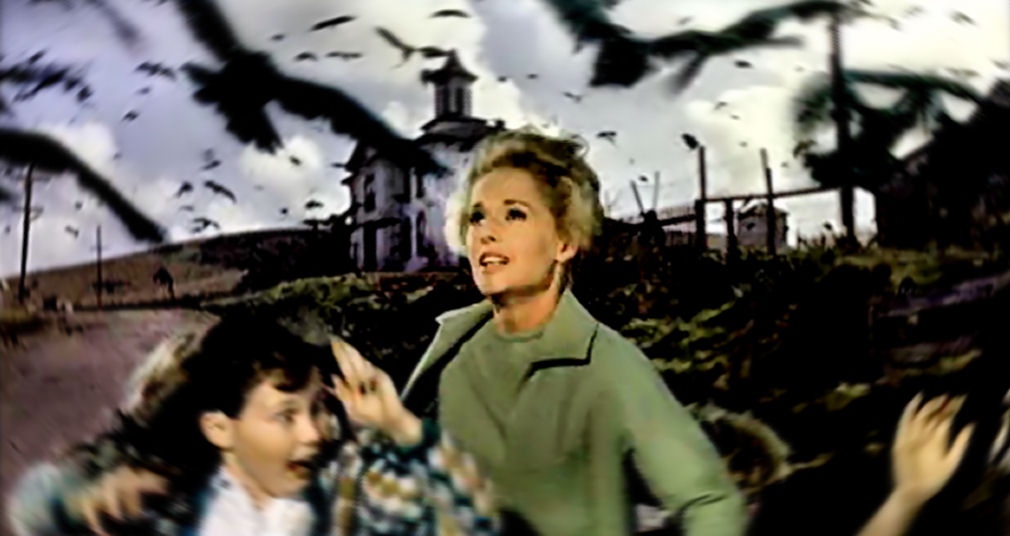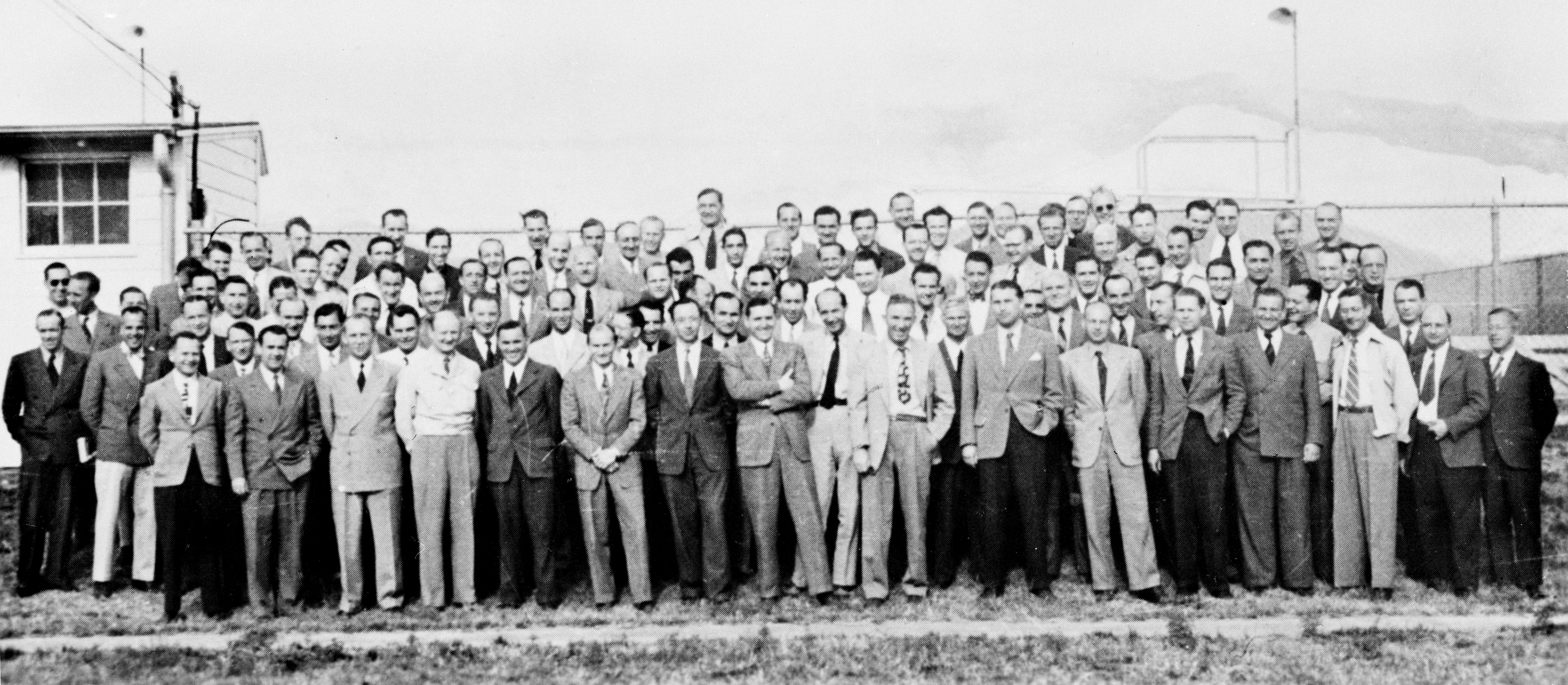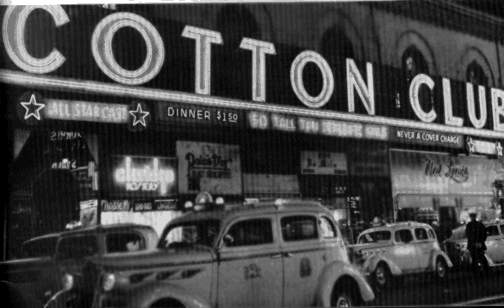When Soloman is first captured, he is completely taken off guard. Two nicely dressed men from the circus promised him the job, urging him to drop everything and come. The people were polite and cunning, and he believed he was doing his family a quick favor. After accepting a tainted drink in
Along his journey, a very relatable and painful incident he witness was see a mother separated from her child. She was screaming and beseeching to the slave owners to let her son come with her wherever she went. Yet again, the men would not budge. Her son was left there alone, and you could hear the woman for minutes after the train had left.
At one of r plantations he was at, Soloman escaped. Though dogs were chasing him and men were on horseback, he got away. He walked for miles on end, in scorching heat and no food. When he got to a plantation owner, Mr. ford, who he could also trust, he rested. Mr. Ford directed him to a plantation run by Epps. As it turned out, he was even worse, and an alcoholic as well. He scourged his slaves for practically anything. And when he came home drunk, he was brutally wild bad nonsensical.
Over his many years, he watched a strikingly beautiful young slave woman, Patsie, stripped naked, pinned to the ground with stakes, and whipped mercilessly, with everyone watching, for walking to a neighbor’s farm to get a scrap of soap. He saw individual slaves weigh a personal harvest of picked cotton at the end of a 14 hour day, and if it was one ounce under on the scale—cruel whippings.
The end of the book is very poignant, for Soloman does return home. He sees his family, his children so much older and stronger. His daughter is married and has a son in which she named after her father. Soloman tried to sue the men that kidnapped him, but didn't accomplish it. However, he helped many slaves escape from their plantations, becoming a major abolitionist.
 The movie takes place in San Francisco and holds a five day period, first day being Friday. The humorous, fun fact about the film is in the beginning of the movie, the protagonist of "The Birds", walks into a Pet Store, Alfred Hitchcock himself is walking out of the doors, being pulled by a two terriers. And the best part about that is those dogs were his own in real life, named Geoffrey and Stanley. The two main characters in the film are Melanie Daniels and Mitch Brenner. Melanie is a very wealthy, spoiled socialite who can get her way in anything. met Brenner, on the other hand, is more low-key and genuine, and is buying love birds for his sister and mother. They meet in the pet shop and Brenner ends up bringing Melanie with him to his home just an hour out from San Francisco. When she gets to his town, she is attacked by a regular bird, not any sort of prey bird, which throws off everyone. However, nobody bothers to ponder on it, for there have been but few occasions where a seagull attacks a human. After that, more and more bird offenses are happening. Birds are crashing into windows, violating people and property, over-crowding on school grounds and lines. Schools are releasing their students so they can be protected at home. Homeowners nail wood boards to their houses so birds cannot get through. The climax of the film is when birds are flooding the town chaotically. People take refuge at any place they can get. Melanie, the star, hides in a phone booth and has to frantically wait for the bird swarm to pass. Annie, Mitch's sister, dies. The famous last scene, Melanie goes to the attic to see what the racket is and opens the door to see dozens of birds have torn through the roof and are flying senselessly in the room. Melanie is badly injured and the family races her to the nearest hospital, ending the movie is a frantic halt.
The movie takes place in San Francisco and holds a five day period, first day being Friday. The humorous, fun fact about the film is in the beginning of the movie, the protagonist of "The Birds", walks into a Pet Store, Alfred Hitchcock himself is walking out of the doors, being pulled by a two terriers. And the best part about that is those dogs were his own in real life, named Geoffrey and Stanley. The two main characters in the film are Melanie Daniels and Mitch Brenner. Melanie is a very wealthy, spoiled socialite who can get her way in anything. met Brenner, on the other hand, is more low-key and genuine, and is buying love birds for his sister and mother. They meet in the pet shop and Brenner ends up bringing Melanie with him to his home just an hour out from San Francisco. When she gets to his town, she is attacked by a regular bird, not any sort of prey bird, which throws off everyone. However, nobody bothers to ponder on it, for there have been but few occasions where a seagull attacks a human. After that, more and more bird offenses are happening. Birds are crashing into windows, violating people and property, over-crowding on school grounds and lines. Schools are releasing their students so they can be protected at home. Homeowners nail wood boards to their houses so birds cannot get through. The climax of the film is when birds are flooding the town chaotically. People take refuge at any place they can get. Melanie, the star, hides in a phone booth and has to frantically wait for the bird swarm to pass. Annie, Mitch's sister, dies. The famous last scene, Melanie goes to the attic to see what the racket is and opens the door to see dozens of birds have torn through the roof and are flying senselessly in the room. Melanie is badly injured and the family races her to the nearest hospital, ending the movie is a frantic halt. 






